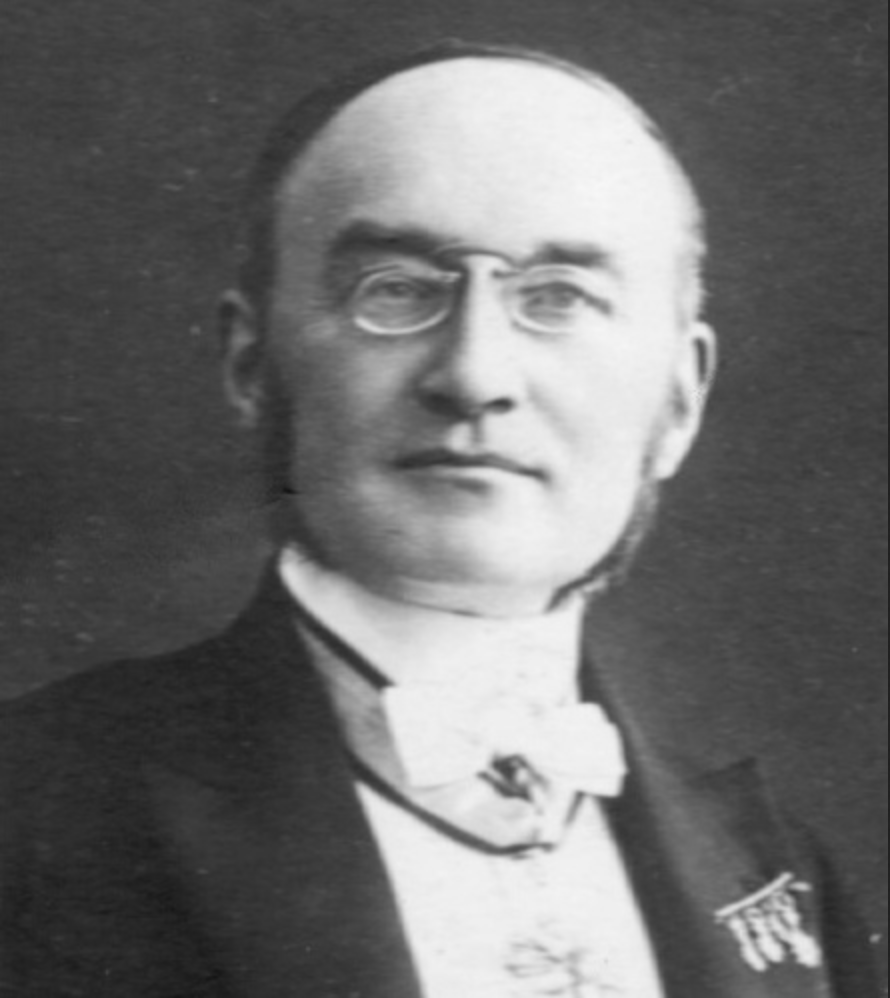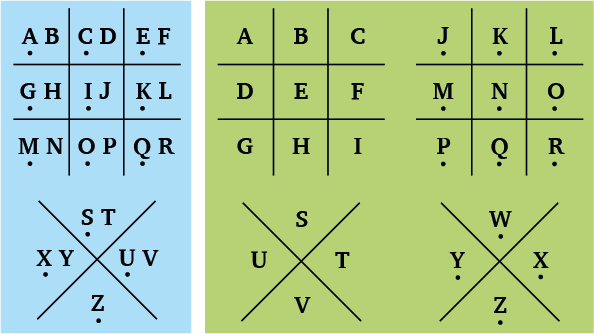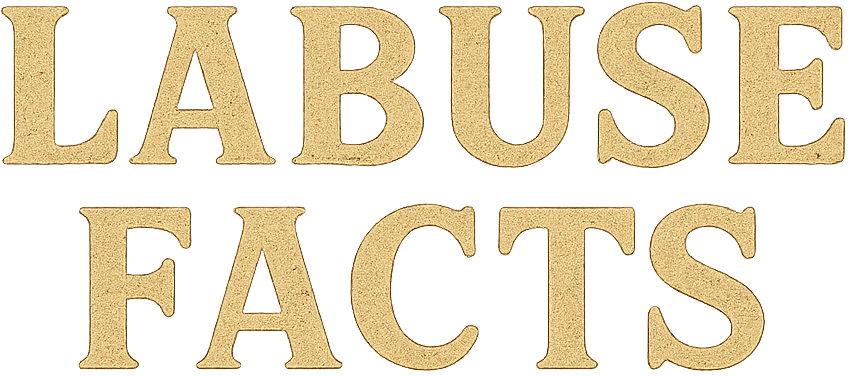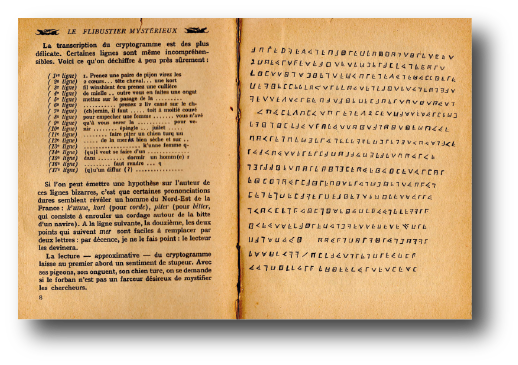THE ERROR LOGIC
Charles de La Roncière already suspected that signs were accidentally misspelled or mixed up when encrypting the cryptogram. Based on this hint, a systematic approach was developed with the “error logic” presented here in order to detect such irregularities and correct them in a comprehensible manner. The principle: the similarity in shape of the signs in the code used makes certain errors almost unavoidable – such as the confusion of neighboring signs or errors due to the misinterpretation of the angle of a sign. By applying this logic, only around 15% of the signs had to be specifically adapted, allowing most of the previously incomprehensible passages to be deciphered. The result: a meaningful, historically plausible text – and a new approach to the content of the cryptogram.

Charles de La Roncière (1870-1941)
Charles de La Roncière in his “Flibustier mystérieux” has already provided the clue that shows how to track down the enigmatic text in the cryptogram. He writes:
“Another disadvantage is that the pirate has not always marked the first letter of the group with a dot, so that you can read t where it should actually be s, f where it should actually be e, etc.”)
In other words, de la Roncière himself assumes that errors must have occurred when encoding the text. The fact that he mentions the confusion of “neighboring signs” clearly shows that he assumed a “double assignment” of the individual fields in the coding grid (see grid below left).

This is not a matter of course. In fact, the representation with 4 grids (right) is more common, where the risk of confusion is much smaller because each letter has its own place. The code used for the cryptogram (left) has three peculiarities: The first letter in each of the fields is dotted, the letter W is missing and Z has two options: dotted and undotted.
If you think about the logic of the possible sources of error in the option with only two grids, you quickly realize that errors are inherent in the system because the signs only consist of angled strokes and dots. In addition, the coding was done by hand with pen and ink in the 18th century, which may have increased the risk of errors if the handwriting was unclear. The following possibilities arise:
- Neighboring signs are mixed up
- Angle signs are mixed up
- A dot can merge into a dash or a dash becomes a dot
- One line too many or too few is written
This results in a table of variants that helps to decode incomprehensible parts of the text by trying out alternative letters. The letters W, X and Y do not appear in the cryptogram.

The specific application
If lines 16 and 17 are omitted (which cannot be decoded satisfactorily using the error logic), a total of 467 signs of code remain. Of these, 73 had to be changed according to the above table in order to determine a meaning. This results in an error rate of only 15.6%. The changes result in the following distribution:
– Confusion of neighboring signs: 54%
– Wrong angles: 26%
– Dot-line confusion: 5%
– Line too much or too little: 10%
In addition, there are 3 cases in which a sign had to be adjusted over 2 steps (5%).
The most common cases:
– 6x T to S
– 5x N to M
– 4x K to L
– 4x V to U
– 4x U to E
The following illustration shows the error logic table and all errors that actually occur (white signs or letters). Specific examples show the plausibility of the error logic.

The complete translation of the text can be found in the article “The new Transcription” (only for PREMIUM members).
Sources mentioned:
– La Roncière, Charles de: Le flibustier mystérieux: histoire d’un trésor caché. Paris: Le Masque, 1934.
All articles Cryptogram
The cipher that has been sprouting the fantasies of many people in all its aspects for 90 years.
All articles La Buse
The life and work of the most famous French pirate of the 18th century.
All articles Backgrounds
Stories and history about the “Golden Era of Piracy”, La Buse and the cryptogram.
All articles Backgrounds
Stories and history about the “Golden Era of Piracy”, La Buse and the cryptogram.






Leave a Reply
Want to join the discussion?Feel free to contribute!